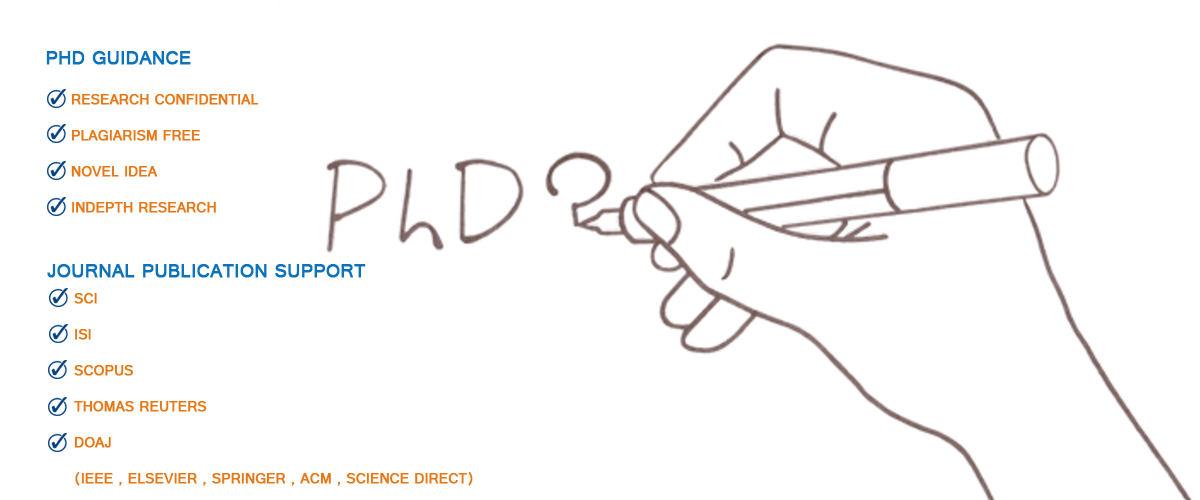How to Implement Molecular Communication in ns2
To implement the Molecular Communication in Network Simulator 2 (ns2) which is quite difficult due to the ns2 was developed for simulating electromagnetic (EM) communication networks like wired and wireless networks. This communication is a bio-inspired communication paradigm in which the detail is transferred over molecules in a fluidic medium that is primarily varies from old-fashioned EM-based communication.
Given that ns2 lacks built-in support for molecular communication, replicated MC in ns2 would need major custom alterations. You would need to fairly precise the molecular communication environment by abstracting the concepts of molecule transmission, propagation, reception, and possibly diffusion, degradation, and noise, which are important in MC.
Step-by-Step Implementation:
Step 1: Conceptualize the Molecular Communication Simulation
A basic molecular communication system includes:
- Transmitter: A biological or synthetic entity that reliefs information-carrying molecules.
- Propagation Medium: A fluidic medium where molecules propagate, commonly via diffusion.
- Receiver: A biological or synthetic entity that identifies and decodes the information carried by the molecules.
Step 2: Approximate Molecular Communication in ns2
To approximate molecular communication in ns2, we need to simulate the following elements:
- Message Encoding and Transmission: Abstract the process of diffusing molecules as directing packets in ns2.
- Diffusion and Propagation: Mimic the random walk or diffusion of molecules as packet propagation with random delays.
- Reception and Decoding: Prototype the reception of molecules as packet reception with an extra noise model.
Example Tcl Script for Simulating a Basic Molecular Communication Environment
Here is a basic Tcl script to approximate a basic molecular communication environment using ns2.
# Create a simulator object
set ns [new Simulator]
# Define the topography object
set topo [new Topography]
$topo load_flatgrid 1000 1000 # Define a small area representing the fluidic medium
# Configure the nodes (transmitter and receiver)
$ns node-config -llType LL \
-macType Mac/802_11 \
-ifqType Queue/DropTail/PriQueue \
-ifqLen 50 \
-antType Antenna/OmniAntenna \
-propType Propagation/TwoRayGround \
-phyType Phy/WirelessPhy \
-channelType Channel/WirelessChannel \
-topoInstance $topo \
-agentTrace ON \
-routerTrace ON \
-macTrace ON \
-movementTrace OFF
# Open trace and NAM files for recording the simulation
set tracefile [open molcomm_out.tr w]
$ns trace-all $tracefile
set namfile [open molcomm_out.nam w]
$ns namtrace-all-wireless $namfile 1000 1000
# Define a finish procedure to close files and end the simulation
proc finish {} {
global ns tracefile namfile
$ns flush-trace
close $tracefile
close $namfile
exec nam molcomm_out.nam &
exit 0
}
# Create transmitter and receiver nodes
set transmitter [$ns node]
set receiver [$ns node]
# Set initial positions for transmitter and receiver
$transmitter set X_ 100.0
$transmitter set Y_ 500.0
$transmitter set Z_ 0.0
$receiver set X_ 900.0
$receiver set Y_ 500.0
$receiver set Z_ 0.0
# Function to simulate molecular propagation (diffusion)
proc molecular_propagation {sender receiver packet_size propagation_delay} {
global ns
# Simulate molecular release and propagation
$ns at [expr $ns now + $propagation_delay] “$sender send-packet $receiver $packet_size”
}
# Define a function for the sender to send a packet
proc send-packet {receiver packet_size} {
global ns transmitter
# Create a TCP agent at the sender (representing molecule release)
set tcp [new Agent/TCP]
$ns attach-agent $transmitter $tcp
# Create a TCP sink at the receiver (representing molecule reception)
set sink [new Agent/TCPSink]
$ns attach-agent $receiver $sink
# Connect the sender to the receiver
$ns connect $tcp $sink
# Create an FTP application to simulate data transmission (molecular message)
set ftp [new Application/FTP]
$ftp attach-agent $tcp
$ftp start
# Stop the FTP after some time (simulate molecule degradation or limited message length)
$ns at 10.0 “$ftp stop”
}
# Schedule molecular propagation with a random delay to simulate diffusion
molecular_propagation $transmitter $receiver 512 [expr 2.0 + [expr rand() * 3.0]]
# Schedule the end of the simulation
$ns at 20.0 “finish”
# Run the simulation
$ns run
Step 3: Run the Tcl Script
Save the script with a .tcl extension, for example, molcomm_simulation.tcl. Then, execute the script using the given command in your terminal:
ns molcomm_simulation.tcl
Step 4: Visualize the Simulation
To visualize the simulation, open the created NAM file using:
nam molcomm_out.nam
Script Explanation
- Transmitter and Receiver Nodes: These nodes indicate the molecular transmitter and receiver, respectively.
- Molecular Propagation: The molecular_propagation function recreates the propagation of molecules (packets) from the sender to the receiver with a delay that imitates diffusion.
- Packet Transmission: The transmission of packets replicates the statement and identification of molecules.
- Random Propagation Delay: A random delay is presented to replicate the stochastic nature of molecular diffusion.
Customization
- Complex Diffusion Models: Execute more difficult models for molecular propagation like Gaussian diffusion or advection-diffusion equations, by tailoring the delay function.
- Multiple Molecules/Packets: Indicate various molecules or several information bits by imitating the transmission of multiple packets
- Noise and Interference: Attach an error model to replicate molecular degradation, noise, or intrusion from other molecular sources.
- Receiver Sensitivity: Execute receiver sensitivity by simulating a threshold for packet reception, denoting the lower focus of molecules required to identify a signal.
Limitations
- Simplified Approximation: It offers a highly abstracted model for molecular communication aiming on the transfers and reception of packets instead of the actual molecular dynamics.
- No Physical Layer Simulation: It does not cover the whole physics of molecular communication includes molecule-receptor binding or chemical reactions.
- Limited Support in ns2: Ns2 is not configured for simulating non-electromagnetic communication paradigms, so the simulation is narrow to high-level abstractions.
Overall, we hope you can grasp the whole complexities through this script on how to implement the Molecular Communication in ns2 and how to personalize them even though it has some restrictions. We can offer you additional details of molecular communication, if needed. Do you want to explore Molecular Communication with the ns2 tool? Reach out to ns2project.com for great results.







